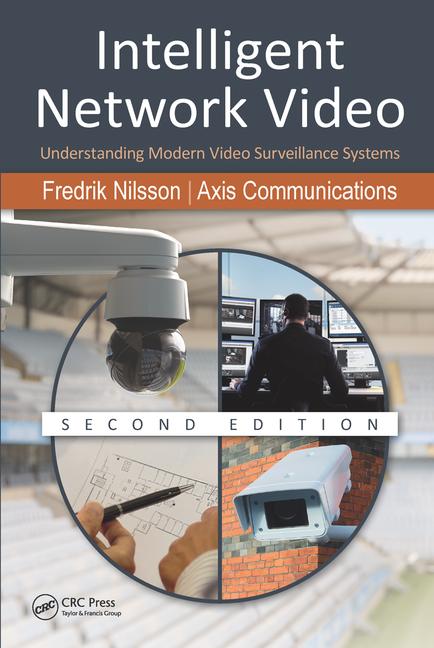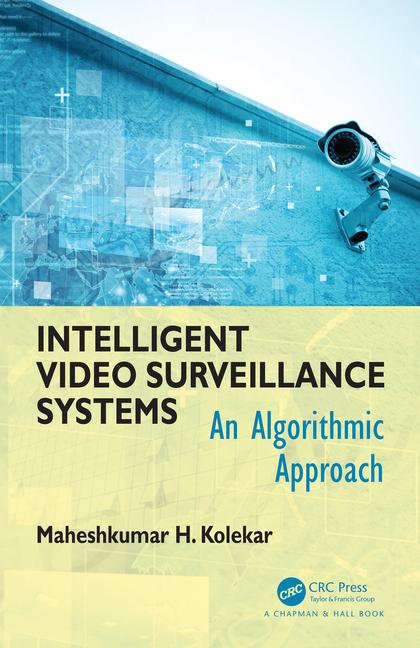How to Resolve Traffic Management Challenges Through Video Analytics

City roadways across the world are busier than they have ever been, a record number of vehicles traveling to and from work, school, the gym and wherever else commuters need to be on a daily basis.
With this rise in road use, cities have also seen an increase in traffic-associated problems such as motor vehicle accidents, parking scarcity and congestion. The introduction of connected vehicles and road travel apps can assist with traffic flow, but these innovations add a layer of complexity to overall transportation issues – the trends evolving so rapidly and unpredictably that traffic becomes ever more challenging to manage.
While city planners formerly operated on a 20-year traffic management cycle, that has now been dramatically pared down to a 5-year cycle to better respond to changes – yet even that isn’t frequent enough to adapt to the rate of evolution to traffic patterns and driver behaviors.
Traditional traffic operations systems simply can’t keep up. The solution is to use a more evolved system that’s as configurable as it is adaptable, able to take full advantage of emerging technologies for optimal control of your city’s own unique traffic landscape.
Evolve Your Road Management System Using Smart Technology
Imagine leveraging your current monitoring sensor data and other infrastructure to basically turn dumb video monitoring cameras into smart devices that can give you in-depth data about what’s happening in your field of view.
An integrated video analytics traffic management platform does just that, giving your operators a clear picture of what’s happening on your roadways in real-time. Road incidents and slowdowns are automatically detected – from there, operators are provided with step-by-step on-screen guidance for following standard operating procedures.
This modern traffic operations platform acts as an intelligent transportation system manager, designed to reduce workload and confusion by breaking down silos so that the data coming in from multiple sources is more easily interpreted. At the same time, routine tasks and maintenance can be automated, which frees up operators to focus on priority road situations as they come up.
The outcome is quicker response times, allowing you to clear up your roads faster and provide a safer, smoother overall driving experience for your city’s commuters.
Improved Communication for Better Response Coordination
Many stakeholders are required to participate in a city’s traffic management – everyone from traffic operators and tow truck companies, to highway patrol and first responders.
Using traditional traffic management systems, these many different organizations typically depend on the phone to communicate on matters of security and urgency. This very human approach to interfacing is unfortunately laden with weaknesses, such as a lack of information flow, and critical details getting missed altogether.
The modern traffic management system resolves this issue by consolidating data on a unified platform. In this way, all the stakeholders in a city’s traffic management team can coordinate and communicate more consistently and efficiently across their various departments to address road issues as they crop up.
A System that Can Roll with the Times
As traffic trends continually evolve, it’s critical to use a management platform designed to adapt.
Built on a versatile, open architecture, the modern traffic operations platform is highly configurable, allowing you to pull in third-party data without the need to install any new, potentially costly hardware. In this way you can affordably keep pace with your city’s own unique traffic needs, with the flexibility to choose the best of breed for different scenarios and applications.
The need for custom coding seen in traditional traffic management systems is eliminated, saving you cost and laborious maintenance efforts. Furthermore, unlike the traditional system, which begins degrading from the moment you install it, the modern traffic management platform never becomes obsolete. Instead, the adaptable system allows you to continuously improve your procedures and evolve with new technologies.
Of additional benefit, you can analyze details collected from your video analytics data pool and identify trends to make informed decisions on where to invest in new infrastructure. From there, you can initiate studies to assess the impact of new programs, measuring changes in vehicle volume and changes in travel time.
In this way, the system becomes ever more efficient at meeting your own city’s unique needs as time goes by. This is of the utmost importance in an age where traffic trends are changing much faster than most governments can cope with.
The cities that will best adapt to this ever-changing landscape are those that choose to implement an operations platform that takes full advantage of new technologies to keep a step ahead of emerging traffic challenges.
Looking for a reprint of this article?
From high-res PDFs to custom plaques, order your copy today!








